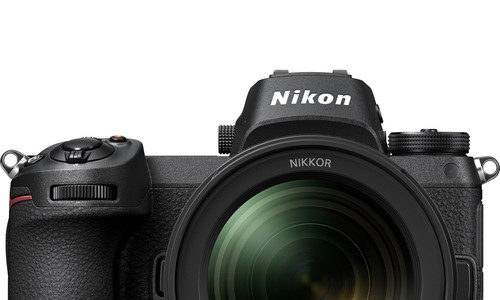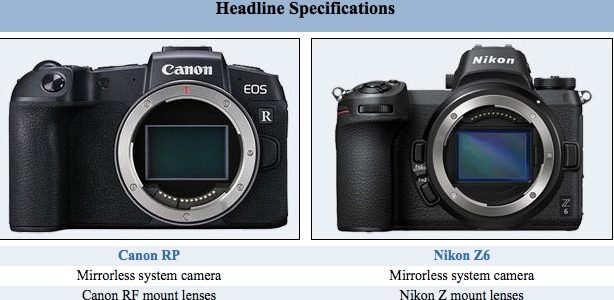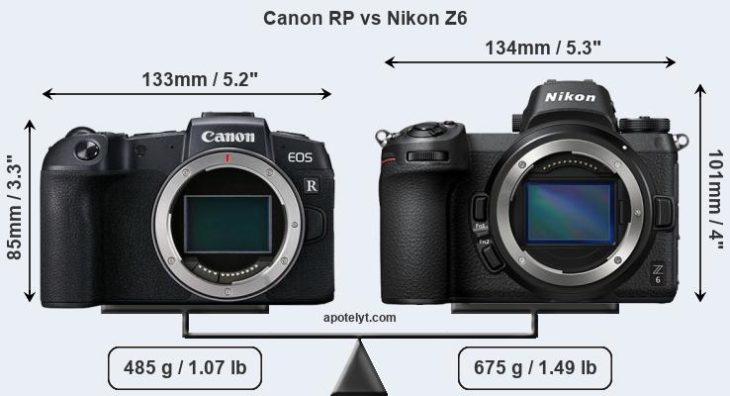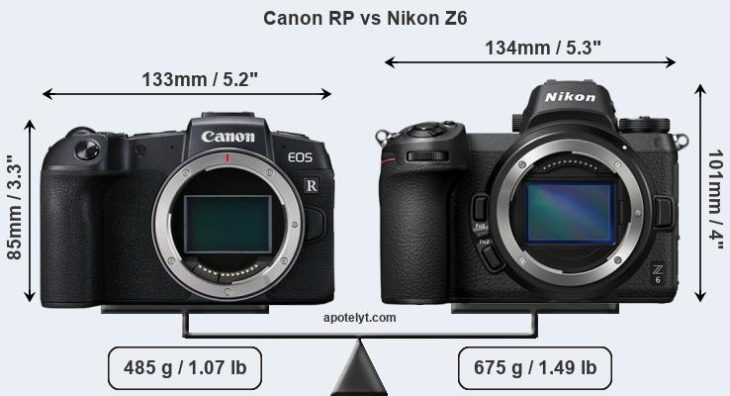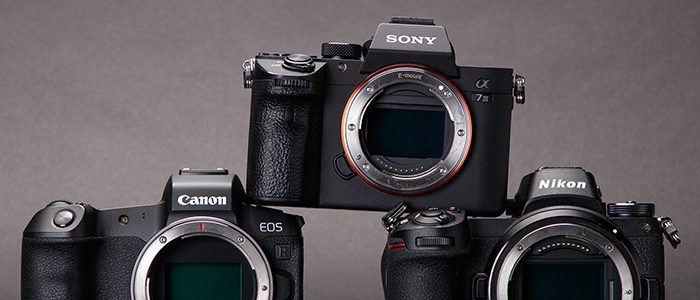Nikon Believes Mirrorless Will Catch Up With DSLRs But The Issue Is EVF Lag
In an interview with DPReview, Nikon execs share their thoughts about the company’s Z 6 and Z 7 cameras and about the state of the mirrorless nation.
As far as I know Nikon is the first company clearly and directly addressing the fact that EVFs (Electronic View Finder) still suck compared to an optical viewfinder.
From the interview (emphasis mine):
Question: How do you think the market for full frame mirrorless will evolve?
Answer: In terms of hardware, it is likely that mirrorless will catch up with DSLR. But one thing that is a challenge is the time lag of electronic viewfinders. Even though we have a great mirrorless [solution], we cannot beat the optical viewfinder.
For really high-level professional photographers at sports events and so on, I believe that the DSLR will survive. I think there will be a synergy between DSLR and mirrorless, so we can expand the market moving forward.
[…] we’re really trying to be the best and provide the ultimate performance of the viewfinder. The view through the viewfinder should be as natural as possible. To achieve that goal we did two things – we focused on the optics, and also on image processing.Read the interview at DPReview…
Nikon Z mirrorless system:
America: B&H Photo, Adorama, Amazon USA, Amazon Canada, Canon Canada, Canon USA
Europe & UK: Amazon DE, Amazon UK, Amazon IT, Canon IT, WEX Photographic, Canon FR, Canon UK, Canon DE

